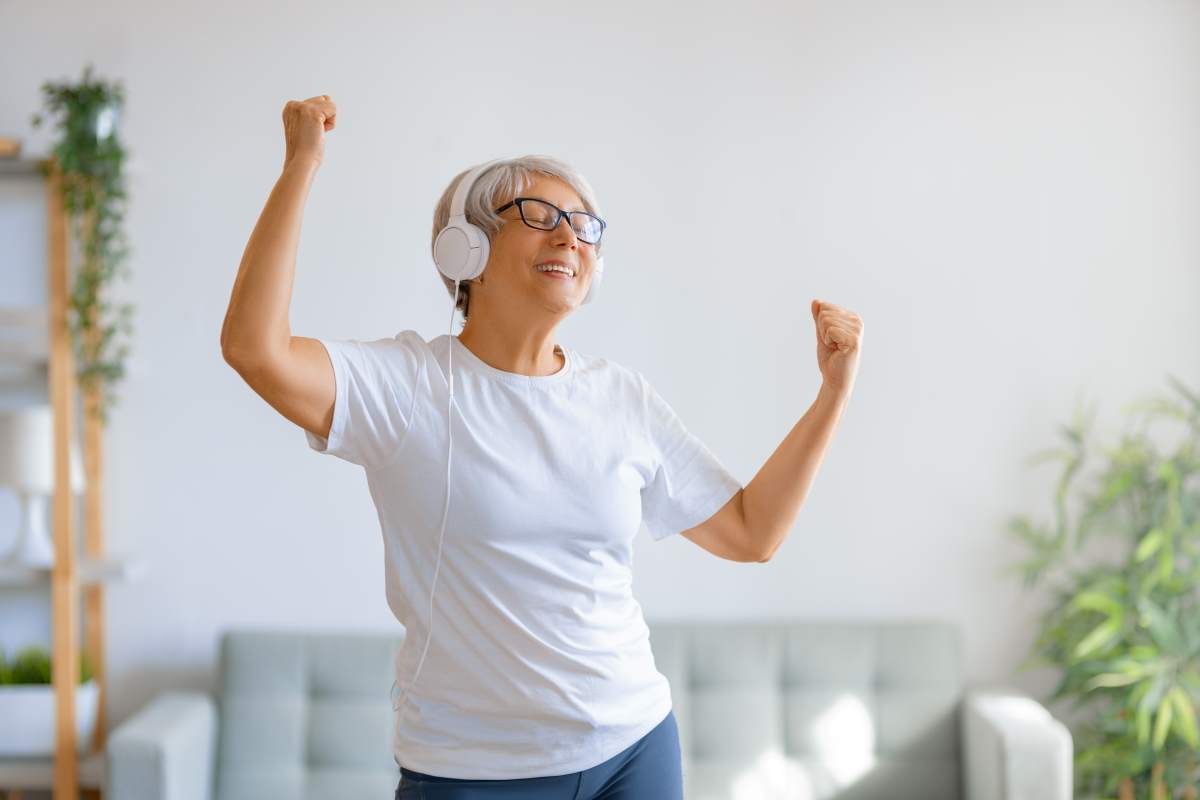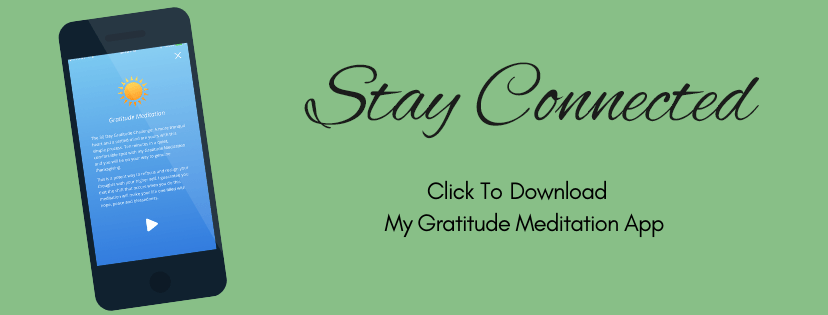In my blog post, The Rhythm of the Drums, I talked about the power of music combined with movement to create new nerve cells in the hippocampus of our brains, and to make those cells permanent.
Neurological Impact of Music and Movevement
This neurological payday from music happens with all kinds of movement, including balancing exercises. Additionally, music added to movement fires up more regions of the brain than movement alone. Along with the hippocampus, the cerebellum is activated which is the region responsible for balance, posture, and equilibrium.
Enhancing Balance Through Music
What research has found in connection with music and our balance is how much music can enhance our ability to regain or strengthen our balance, putting us light years away from that dreaded crash on the dance floor while twisting the night away.
The Physiological and Emotional Benefits of Music
Music opens pathways throughout our brain. It soothes our sympathetic nervous system (our flight or fight response) and reduces the release of cortisol and adrenaline. All of this results in a decreased physiological state (wired for action) and an enhanced emotional state (relaxed, restful, and chilling).
Music and Learning: A Powerful Combination
This enhanced emotional state is the condition in which our brains are the most conducive to learning, changing, and growing. Listening to music while practicing balancing exercises enables us to hold our balance longer by strengthening the muscles used to help us balance. It shores up our equilibrium to keep us upright and steady on our feet.
Improving Flexibility and Reaction Time with Music
Researchers have also found that people exhibit more flexible movements when music is added to the workout program. That improved flexibility contributes to increasing our balance and most importantly, our reaction time—our ability to recover should we find ourselves spilling over that hiccup in the sidewalk.
The Connection Between Gait and Balance
Our gait—our manner of walking—is directly tied to our level of balance. Improving our balance helps our gait. The stronger and more uniform our gait—that is equal strength given to stepping with our right leg as stepping with our left—the greater our stability. And, the greater our muscular ability to hold our hips steady, the better our balance will be.
Supercharging Your Walk with Music
Research finds that working on our gait while listening to music is a super-charged way to improve both our walking and our balance. Now, the kind of walking I am talking about here is conscious walking (my term)—walking to help improve balance, which is now taught around the country under a variety of names, and described on the web.
Our brain becomes entrained, or in sync, with the non-verbal music we are listening to—make that jazz, classical, or instrumental, but not rock and roll. Then the rhythm becomes imprinted there, and is later used like a soundtrack in our unconscious mind when we walk. This “soundtrack” encourages us to walk in that same balanced way, even without our earbuds pouring out Miles Davis.
Boosting Confidence and Mobility with Music and Movement
By combining music with walking and balancing practices, our movement becomes more focused and our mood brightens. We feel steadier, and we have more confidence that we can stay vertical and mobile throughout our lives.
Until next time… Be Vibrant!
Share Your Thoughts…
What is your favorite music without lyrics that gets you wanting to move? Share yours below in the comments.




